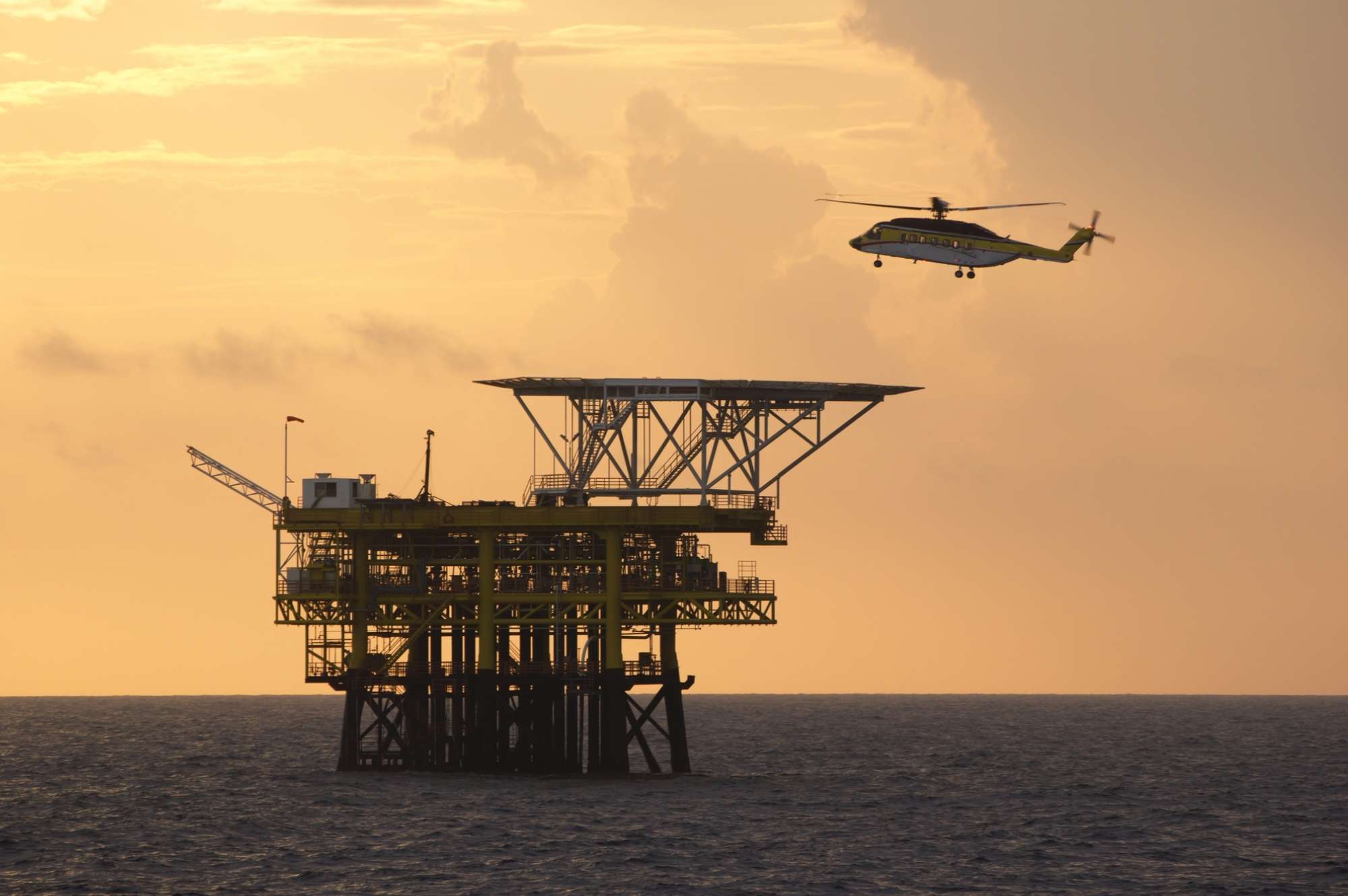The below article was written for a UK publication and as such, refers to UK standards and terminology.
Huw Bement, Director of CompEx, discusses the importance of competence when working within explosive atmospheres and how you can ensure your workforce is fully equipped with the right knowledge and skills to avoid the potentially catastrophic consequences from such environments.
CompEx is the international scheme for competency validation and certification of those who work in explosive atmospheres, supporting practitioners in a range of industrial sectors.
The Piper Alpha tragedy, which killed 167 workers on 6th July 1988 is considered to be the world’s deadliest oil rig accident. Lord Cullen’s enquiry led to more than 100 recommendations which transformed the UKCS oil and gas industry into a global leader of safety. As a direct result, the CompEx Scheme was launched in 1994 and now supports a wide range of industries with over 27,000 certified practitioners worldwide.
Understanding explosive atmospheres
Explosive atmospheres, sometimes referred to as hazardous areas, are the result of unstable conditions where a mixture of air and various gases, vapours, mists or dust ignite and rapid combustion spreads to the entire unburned mixture.
Incidents that result from these conditions can lead to loss of life, serious injury and substantial damage to plant and machinery. Choosing the right equipment and ensuring that it is installed and maintained correctly by competent workers is essential. International standards and UK regulations set out the responsibilities of employers to manage the risks associated with these hazardous areas.
These regulations are relevant in a wide range of industrial settings including:
- On and offshore petrochemical production facilities
- Distilleries, flourmills and other food processing sites
- Paint spraying, woodworking and other manufacturing
- Pharmaceuticals and household chemical operations
- Fuel forecourts, distribution and depots
- Energy and utilities
- Maritime and shipping
Clearly defined working practices, competent personnel and leadership that supports a culture of safety are essential to avoid the potentially catastrophic consequences from an explosion.
Global standards and regulations
The International Electrotechnical Commission (IEC) 60079 standard series sets out the requirements for equipment, gas detectors and intrinsically safe equipment. It defines a variety of different methods of equipment protection, area classification, material characteristics along with some industry-specific standards. Critically, it also sets out the requirements for safe installation and inspection of equipment.
Around the world, different regulatory environments exist to ensure worker and public safety. In the UK, the Dangerous Substances and Explosive Atmosphere Regulations (DSEAR) are concerned with preventing the harmful effects of fires and explosions.
The Health and Safety Executive (HSE) provides comprehensive information and guidance on this area, explaining that: “DSEAR require that any workplace where explosive atmospheres may occur are classified into hazardous zones based on the risk of an explosion occurring, and protected from sources of ignition by selecting equipment and protective systems on the basis of the categories set out in the Equipment and Protective Systems for Use in Potentially Explosive Atmospheres Regulations (EPS)”.
ATEX refers to the EU Directives relating to workplace safety and equipment protection. Whilst EU regulation no longer applies in the UK, the ATEX term is familiar to many practitioners.
Competence is crucial
The HSE provides a useful guide to controlling fire and explosion risks in the workplace, which explains when DSEAR applies, and what you need to do as an employer in order to comply.
Once areas have been identified as potentially explosive atmospheres, they are designated into zones – this is referred to as Hazardous Area Classification. There are a wide range of elimination, control and mitigation measures that are set out by the HSE guidance, however one of the most crucial points is that for both commissioning and ongoing maintenance, employers should ensure that staff “are competent to undertake the task (e.g. CompEx trained).”
It is a common misconception that it is sufficient to install appropriately rated equipment for the Hazardous Area zone that has been identified. Both international standards and DSEAR regulations clearly specify the need for competent staff as an essential part of the safe management of hazardous areas. In short, management and control of hazardous areas requires a holistic approach that considers people, plant and processes.
CompEx training and assessment – where can I find the training for my team?
Through its network of 22 UK training providers, CompEx offers a wide range of programmes from introductory awareness for general operatives to specialist practitioners, as well supervisory and engineering design levels. With certifications catering for all levels of industry personnel, CompEx is dedicated to raising the profile of the importance of competence in explosive atmospheres. CompEx training providers are experts in hazardous areas and can offer further advice and guidance on what training and assessment will meet the needs of your employees and in turn enable you to provide your clients with a high-quality service. A list of local training centres can be found here:
www.compexcertification.com/find-a-centre/
HSE guidance can be found at www.hse.gov.uk/pubns/indg370.pdf and www.hse.gov.uk/fireandexplosion/dsear-regulations.htm
